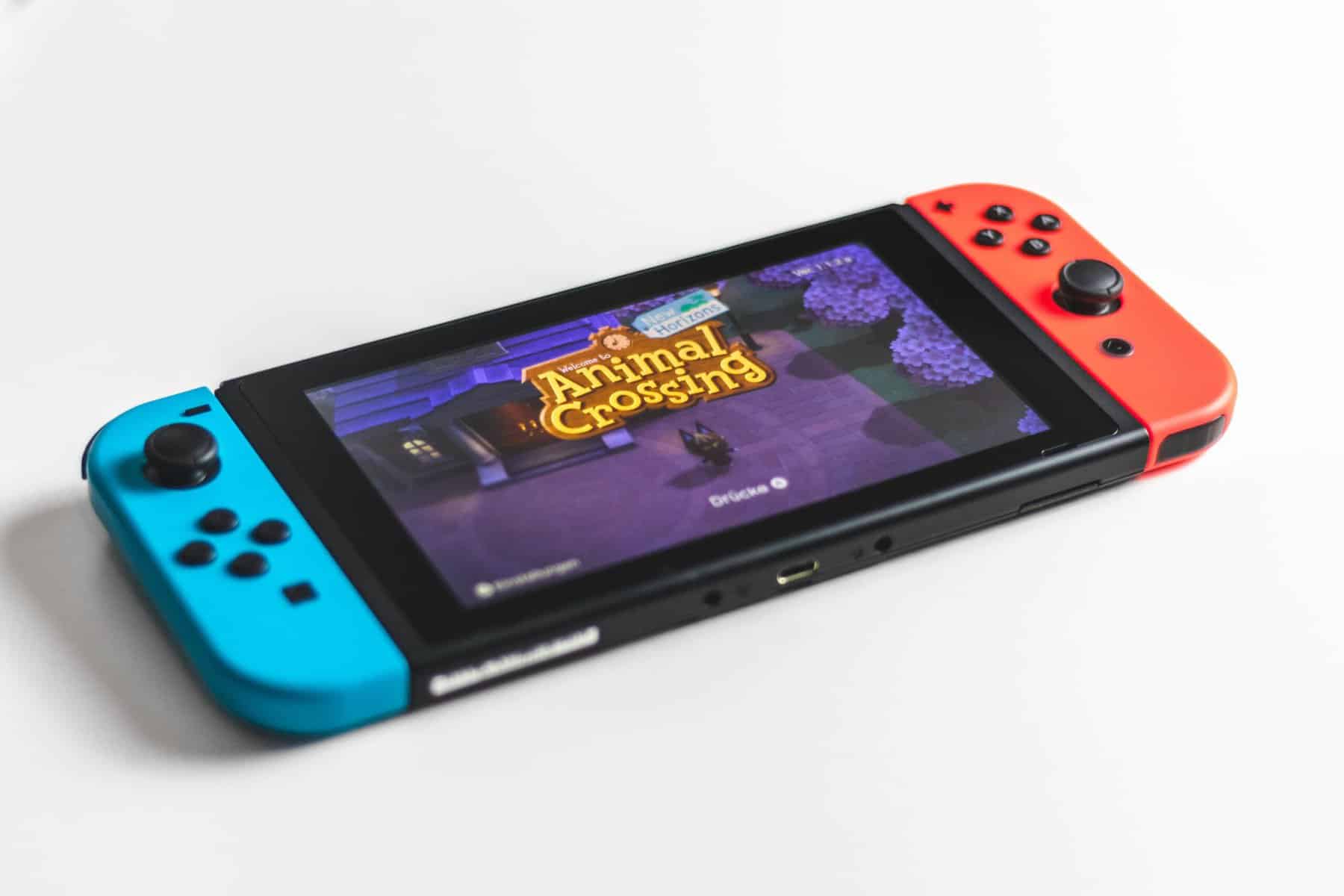There’s no denying video game technology has come a long way since its early days. A few decades ago, Pong and Tetris made headlines as cutting-edge technology. It’s incredible to look back at how far things have come. Technology has transformed video games from simple pixels to fully-realized worlds with stunning graphics and physics engines that make it feel like you’re actually living in the game.
So, it’s not surprising that many of us find ourselves lost in virtual worlds for hours on end; games are just that good. And technology promises to make them even better. With all of that in mind, we’ve put together this list of how technology is changing video games.
Augmented Reality (AR) and Virtual Reality (VR)
As AR and VR headset prices have dropped, more gamers have invested in these devices. The gaming industry is taking notice, designing a variety of games to be played with exclusively with them. Online casinos have begun to incorporate this new technology into their games, making them more realistic than ever. For example, people who own an Oculus Rift can strap on their headsets and enjoy PokerStars VR, a social virtual reality version of their favorite game. They get to create an avatar and chat in real time as they compete against other players. Being able to play in a completely virtual world that mimics real life is changing gaming, creating immersive experiences that were unimaginable only a few years ago. As these technologies continue to improve, we can expect to see more exciting developments like this in the future.
Mobile Gaming
Once upon a time, the majority of gaming took place at home. Most gamers hooked a console up to their TV or used their PC to play the latest titles and may have taken their Game Boy with them while traveling.
Smartphones changed everything. Instead of forking out lots of money for consoles and PCs, people started researching the best gaming phones to take their gameplay to the next level. From Pokémon Go’s AR world to Minecraft, gamers could suddenly play the most popular games on the go.
In terms of specific hardware, Nintendo first revolutionized mobile gaming with the Game Boy in the 1990s and then with the Nintendo DS in the early 2000s. The company continued to push the envelope, and with the Switch’s release in 2017, gamers could finally play console-quality games whilst out and about.
The Steamdeck and others have tried to emulate Nintendo’s success and have done so to some degree. However, with smartphone technology constantly improving, the demand for mobile consoles may also start to fall by the wayside. After all, we’re close to being able to play Triple-A games on smartphones already.
Cloud Gaming
Investing in hardware to play the best video games can get expensive fast. Cloud gaming offers a solution to this problem by allowing gamers to stream top games to their devices without purchasing an expensive gaming PC or console.
The secret to this new technology is data centers using powerful servers to stream games to players worldwide. You’ll need a solid wired internet connection or WiFi set up to get the most out of cloud gaming but, beyond that, there’s not much of an investment.
Most large gaming companies, including Sony, Google, Microsoft, Amazon, Nvidia, and Tencent, have a cloud streaming subscription service. One of the best things about this technology is that you don’t have to worry about upgrading your hardware.
The Metaverse
For a few months in late 2021 and early 2022, it was almost impossible to turn on the TV without hearing about the idea of the metaverse. A lot of the discussion was driven by Facebook’s rebranding as Meta and the promise that we’d soon be living our lives in a virtual world.
While things haven’t progressed as quickly as some had expected, the metaverse continues to grow. Gaming is played a significant role in its development, giving players a new way to interact with each other and digital objects, going from world to world without leaving their digital environment.
As technology continues to evolve, we can expect the gaming industry to continue to take advantage of it in order to make more innovative and creative ways to play games.

